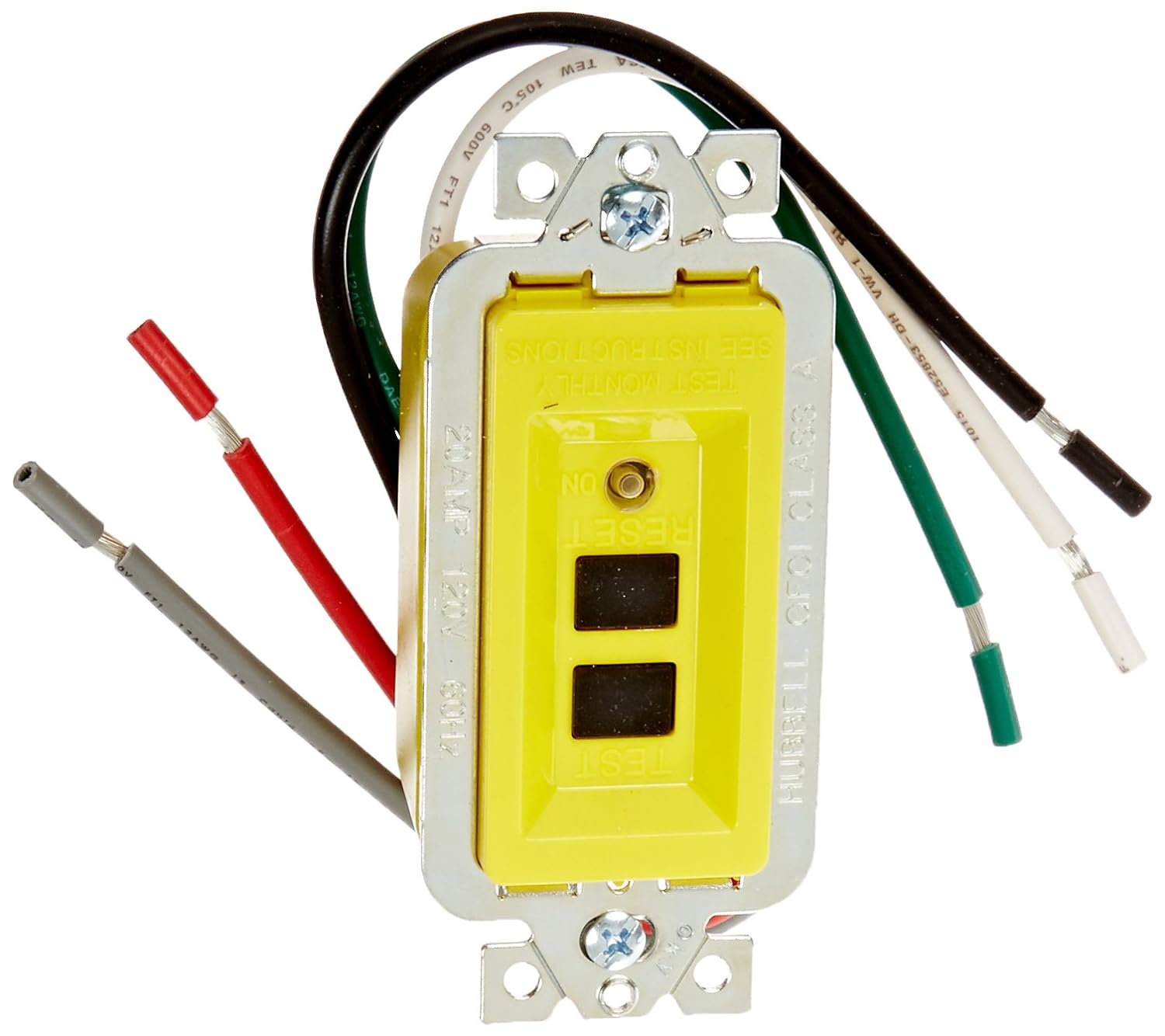I totally get where you're coming from. I haven't taken Zach's course myself, but due to the overwhelmingly positive reviews of Zach's course and exam, I saved this exam as one of the last unseen exams I was going to time myself on. Half way through the morning section, I realized I was burning through a lot of time reading and re-reading questions just trying to understand the wording and how I was going to setup the problem, maybe this is partially because I didn't take his course and had to really parse out the sentences in each problem. I feel some of the problems requiring the NEC code required way more time than I would've expected. I found myself wondering if the nuances the exam gets into are helpful or distracting, but he eventually does a good job explaining things in the solutions that I walk away thinking this will probably be helpful to know, even if I did sink way more time than I wanted to on the problem. I eventually stopped digging into every problem I was confused about and thought I would research later if I had time and maybe email Zach about them later or post here. Since you made the post, I'll post a few things I was wondering about here:
Problem #3: the integration uses both a starting and ending angle. Is this unique to IGBTs because SCRs conduct until the end of the cycle so ending angle is always 180 degrees
Problem #6: Do all inverse time curves look like this? Google search brought up some inverse time curves that look like below, but I can't tell if its for different pickup settings or not.
View attachment 20496

























